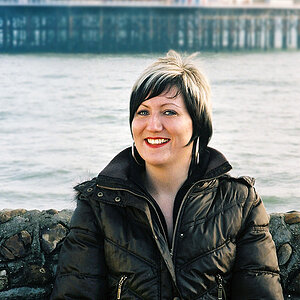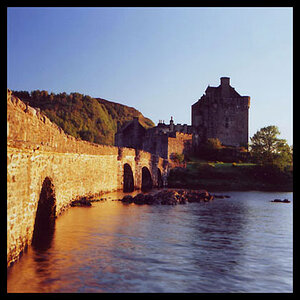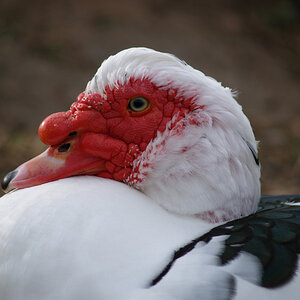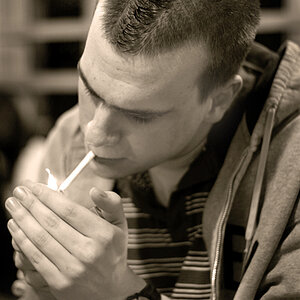Barking Mad
TPF Noob!
- Joined
- Jun 17, 2009
- Messages
- 46
- Reaction score
- 0
- Location
- Coastal Maine
- Website
- www.abritandabit.typepad.com
- Can others edit my Photos
- Photos NOT OK to edit
Current kit:
Sony a100
Sony a350
Lenses
Sony 18-70
Sony 75-300
Minolta Maxxum 28-85
Mintola Maxxum 24-85
Filters
55mm UV
55mm C-PL (polarization I think?)
OK....here's my question. I am looking into one more lens purchase and I also need another filter that helps me get that silky effect with waterfalls and rapids. What kind of filter would that be?
Also, I want a lens that makes my portrait photography absolutely POP! I was thinking a 55mm would be the next one to add to my glass collection? Is that accurate?
For instance, this is a pic I took of my youngest daughter, the little imp, out on a recent trip down to Hyannis Port on Cape Cod. Whilst the weather was less than stellar (Ok, it was downright crappy!), the picture is grainy and noisy and pretty blah. Do I blame it all on the weather, my inability to take a pic of my kid, or my lens? I think I was either shooting with my standard 18-70 or the 75-300. I'm pretty sure it was the 75-300.


Anyhow, I'm less than pleased with the image. I had it blown up into a 16x20 and it's pixilated and grainy.
What sort of lens should I have used, and is my thinking correct that I should be going with a 55mm for portrait shots that POP?
Thanks in advance for any help.
Auds
Sony a100
Sony a350
Lenses
Sony 18-70
Sony 75-300
Minolta Maxxum 28-85
Mintola Maxxum 24-85
Filters
55mm UV
55mm C-PL (polarization I think?)
OK....here's my question. I am looking into one more lens purchase and I also need another filter that helps me get that silky effect with waterfalls and rapids. What kind of filter would that be?
Also, I want a lens that makes my portrait photography absolutely POP! I was thinking a 55mm would be the next one to add to my glass collection? Is that accurate?
For instance, this is a pic I took of my youngest daughter, the little imp, out on a recent trip down to Hyannis Port on Cape Cod. Whilst the weather was less than stellar (Ok, it was downright crappy!), the picture is grainy and noisy and pretty blah. Do I blame it all on the weather, my inability to take a pic of my kid, or my lens? I think I was either shooting with my standard 18-70 or the 75-300. I'm pretty sure it was the 75-300.

Anyhow, I'm less than pleased with the image. I had it blown up into a 16x20 and it's pixilated and grainy.
What sort of lens should I have used, and is my thinking correct that I should be going with a 55mm for portrait shots that POP?
Thanks in advance for any help.
Auds
Last edited:







![[No title]](/data/xfmg/thumbnail/37/37636-e02c7efccb426a8951ed97a37c0f9307.jpg?1619738157)

